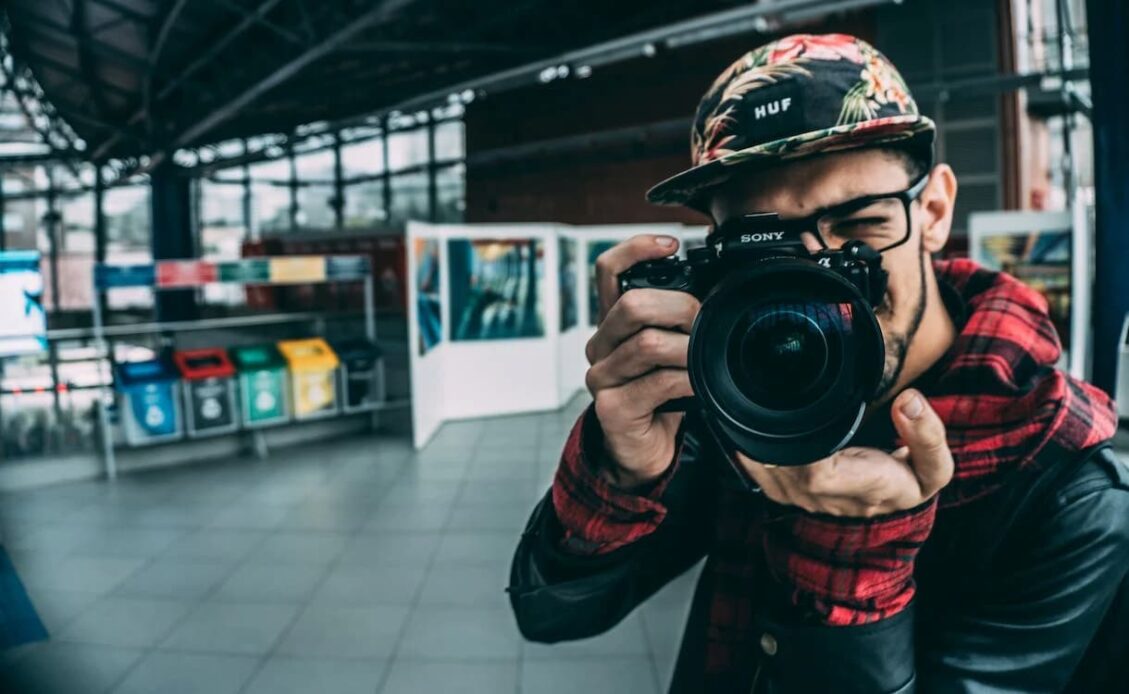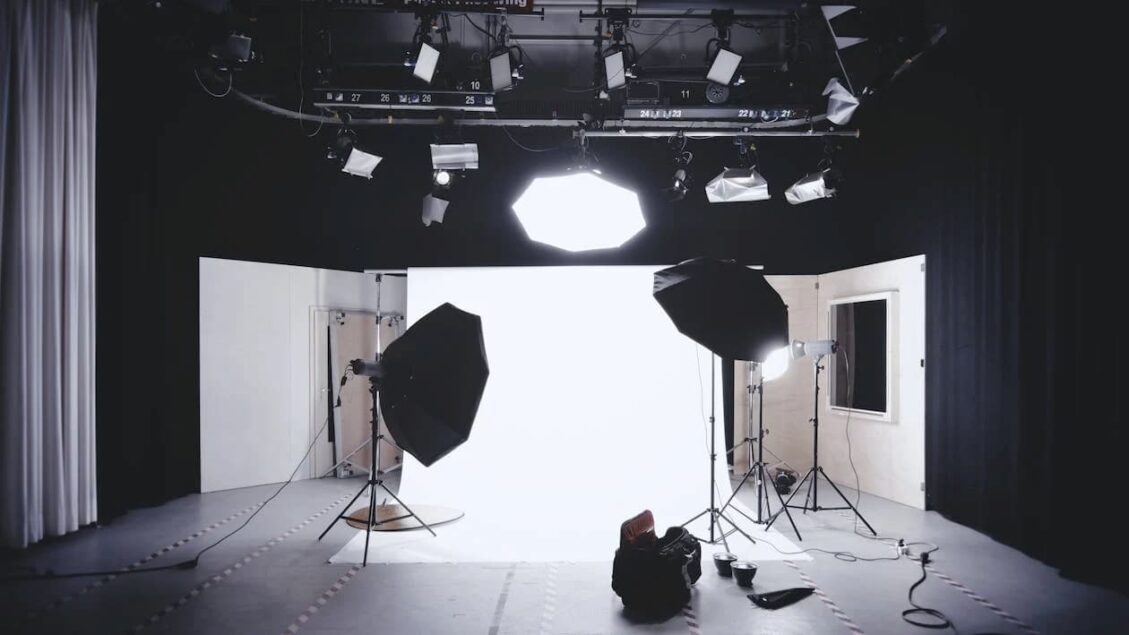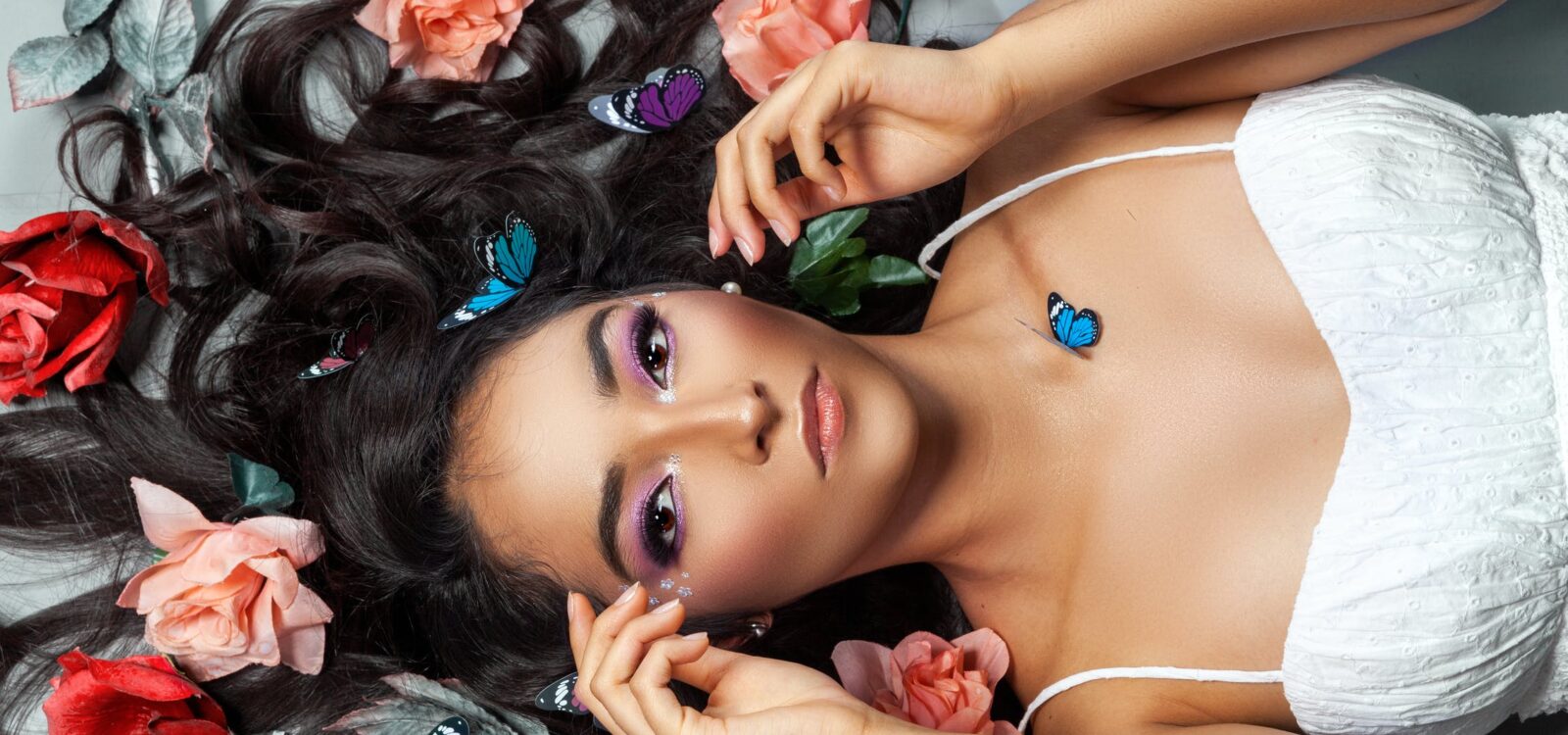
Picking up a camera for the first time and snapping a picture is easy enough. But if you want to produce quality photos that capture the imagination and tell a story, you’ll need to put in some extra effort.
There are two primary approaches to photography—street photography and studio photography—and each has its strengths and weaknesses. In this blog post, we’ll take a look at both approaches so that you can decide which is right for you.
Street Photography
Street photography is defined as photography that captures candid moments in public places. Street photographers don’t typically stage or posed their shots, instead relying on spontaneity and luck to get a great photo.
Pros:
- Candid shots that capture natural expressions and interactions.
- Can be done with little to no equipment.
- Opportunities to snap unique shots are everywhere.
- People tend to be more relaxed when they’re not aware they’re being photographed.
Cons:
- Because subjects are not posed, the composition can be more challenging.
- Getting close enough to your subjects for an intimate shot can make people uncomfortable.
- Candid shots can sometimes be blurry or otherwise imperfect.

The Equipment For Street Photography
The best camera for street photography is the one you have with you. Because street photographers often work quickly and without permission, they need a camera that’s small and unobtrusive.
DSLR cameras can be too large and intimidating for many street photography situations. Instead, look for a mirrorless camera or a compact point-and-shoot.
The Street Photography Subject
The best subjects for street photography are those that are going about their everyday lives. Look for people engaged in activities such as talking on the phone, walking the dog, or waiting at the bus stop.
Avoid photographing people who are already being photographed or who seem to be aware of your presence. The goal is to capture natural expressions and interactions, so it’s important to be as unobtrusive as possible.
Studio Photography
Studio photography is precisely the opposite of street photography—shots are staged, subjects are posed, and composition is carefully planned. Studio photographers typically have more control over their environment, which allows them to create the perfect shot.
Pros:
- Allows you to control all aspects of the photo, from the model’s pose to the lighting conditions.
- Effects and another editing can be done in post-production.
- Shots tend to be sharp and well-composed.
Cons:
- Requires expensive equipment and dedicated space.
- Models can appear stiff or unnatural when posed.
- Missed opportunities because you can only photograph what’s in front of you.
- Can be time-consuming to set up each shot.

The Equipment For Studio Photography
If you’re serious about studio photography, you’ll need a few key pieces of equipment:
- A DSLR camera with an interchangeable lens system. This will give you the most control over your shots.
- A selection of lenses. A 50mm lens is a good place to start, but you’ll also want a wide-angle lens and a telephoto lens.
- Studio lights. You’ll need at least two lights, but four is ideal.
- Light stands for each light.
- A tripod.
- A backdrop. A white backdrop is a good choice for general-purpose photography, but you may want to invest in a green screen if you plan on doing a lot of chroma key photography.
The Studio Photography Subject
The best subjects for studio photography are those that can be easily controlled. This includes inanimate objects, such as products or still lifes, and people who are willing to pose for the camera.
Avoid photographing subjects that require you to chase them around or that are difficult to control, such as small children or animals. These types of subjects are better suited for street photography.
Which Form of Photography is For You?
So, which is better—street photography or studio photography? Ultimately, the answer comes down to personal preference.
- If you’re the type of person who likes to be in control and plans each step ahead of time, and don’t mind investing the time and money required for studio photography, studio photography may be the better option.
- But if you’re spontaneous and enjoy capturing moments as they happen, if you prefer candid shots of real people in natural settings, street photography is the way to go.
Whichever approach you choose, just remember to have fun and experiment—that’s the best way to learn and improve your craft.
Conclusion
Street photography and studio photography are two different approaches to taking pictures. Each has its strengths and weaknesses. The best way to decide which is right for you is to experiment with both styles and see what you like best.
Whichever route you choose, though, remember that practice makes perfect. The more time you spend behind the camera, the better your photos will become.
